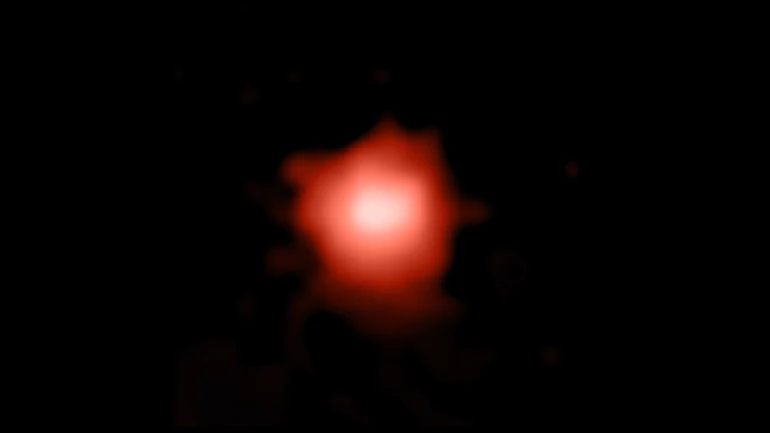James Webb Telescope Traces the Oldest Galaxy in the Universe

Source- James Webb telescope finds oldest galaxy in the universe – SCIENCE News (indiatoday.in)
The James Webb Telescope has hit another new level of discovery.James Webb Telescope Traces the Oldest Galaxy in the Universe .The invention has discovered the oldest galaxy of the universe.
Nearly two decade, $10 billion and 15,00,000 kilometers later of its journey, the James Webb Telescope has finally become ready to show the world its hair thin sensitivity and the infrared vision. NASA has successfully presented the full colored images of the unknown existence from the galaxy through the James Webb Telescope, a revolutionary apparatus designed to break through the cosmos. The telescope will highly focus on the selected grounds, evolution of galaxies, life cycle of starts, atmosphere of distant exoplanets and the moons of the solar system.
The world’s most powerful telescope after discovering the star formations, death and a patch of sky packing thousands of ancient galaxies, has achieved a marvelous milestone by the discovery of the oldest galaxy in the universe.
Webb Telescope has spotted a galaxy which was formed when the universe aged 300 million years, an infant stage in the cosmic stage. A research team from Grism Lens- Amplified Survey from space (GLASS), has studied the early works of James Webb Telescope and spotted the two oldest galaxies in the universe, GLASS- z11 and GLASS- z13.
- The light from GLASS- z11 took 13.4 billion years to hit the surface of the spacecraft, located 15,00,000 kilometers away from the Earth.
The galaxy is located about 33 billion light years away from us, though its light took over more than 13 billion years to hit the spacecraft. The scientists have said the distance of the galaxy from the Earth is due to the expand in size of the universe in a fast pace.
The astronomers are yet to find out the answers for the questions, about the formation of the first galaxy.
- GNz11 was the only one galaxy mentioned after the Big Bang Theory in the first few hundred years, the moment after universe came to life.
Researchers led by Rohan Naidu of Harvard- Smithsonian Center for Astrophysics stated that GNz11 showed clear expansion of exponential light profile, consistent with a disk galaxy. The team said in the preprint paper, that their analysis is based on JWST/ NIR Cam database that have been observed and released over extragalactic field. They analyze the two early Release Science programs the GLASS and CEERs.
- The 11 and 13 signifies the redshifts, the amount of spread of light by the galaxies, that has occurred due to the expansion of the universe. Higher the redshift, is longer the distance from the Earth.
Though the research is yet to be gawked, once it gets confirmed it will be proven as one of the greatest discoveries.
The scientists are likely to use the Near Infrared Spectrograph on the Webb’s telescope to find details about the two galaxies spotted. The team said, “Deep JWST observations may identify relatively bright galaxies too, much earlier epochs than might have been anticipated”.
The telescope is not just a camera but a telescope which has immense capability to capture the images. It gathers scientific data that is processed to make the images that have a captivating spark about revealing the mysteries of the universe.
The Senior Data Image Developer in the Office of Public Outreach at the Space Telescope Science Telescope Institute, Joseph DePasquale, said that the telescope is a scientific instrument, designed to produce scientific results. The Hubble as well as the Webb are extremely sensitive instruments that capture beautiful images of the universe. He added that it gives scientific data at first which is later converted into an image.













